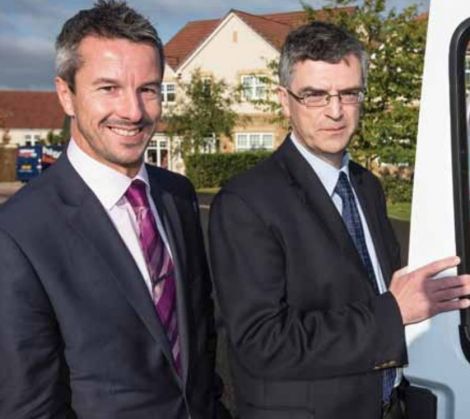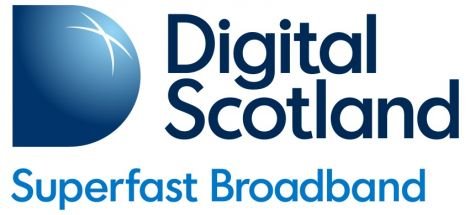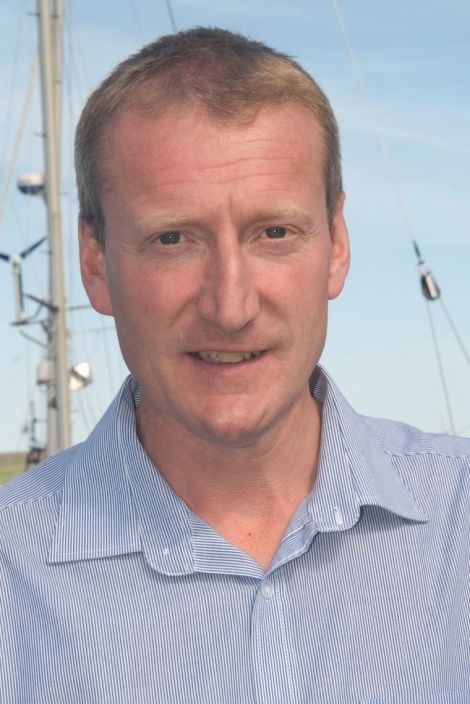News / Frustration with BT over broadband upgrade
TELECOMS giant BT is facing renewed criticism over a stuttering and patchy upgrade designed to bring something approaching “superfast” broadband to three quarters of islanders.
Isles politicians and businesses have previously made their feelings plain to BT about the slow pace of change and for setting a target of only 76 per cent of households to be upgraded as part of a publicly-funded contract involving Highlands and Islands Enterprise (HIE).
Saturday’s meeting of the Shetland digital forum at Islesburgh heard that 54 per cent of households were now able to access what BT continues to term “superfast” broadband speeds as part of the BDUK upgrade.
Others contend that, because fibre technology is only used as far as town and village exchange points and not directly to homes and businesses, even the most centrally-located premises will struggle to receive “superfast” speeds.
SIC leader Gary Robinson said it appeared BT was not delivering what it had promised, while isles MSP Tavish Scott said many rural residents in upgraded areas were finding that if they live more than a mile from exchange points they can’t get faster broadband.
BT’s representative at the digital forum, Robert Thorburn, said almost a third of those able to access faster speeds had done so, with take-up “way above expectations” so far.
He said nine cabinets had been installed in the Brae, Cunningsburgh, Hillswick, Sandwick, Sumburgh and Walls exchange areas, while work is underway in Bressay too.
Exchanges at Bigton, Bixter, Veensgarth and Whiteness are in line to get fibre for the first time between April and June.
Thorburn said BT was working with SSE to address power issues that could enable access for over 500 premises in Sullom Voe, Vidlin and Voe, while an upgrade to the Symbister exchange is going through the planning process. Work in North Roe, Ollaberry and Skellister is slated for the summer.
Become a member of Shetland News
The BDUK project is being delivered by BT in partnership with HIE, whose director of digital Stuart Robertson accepted the £126 million funding package was “unfortunately not enough to do the job to the extent that we would like to do it”.
A further £42 million of UK and Scottish Government money could be on offer and Robertson said it was “very important we make the case that is directed to the parts of the Highlands and Islands that are lagging behind”.
He accepted it would be difficult to get much above 76 per cent coverage if the “relatively large” populations of the North Isles cannot be reached. With that in mind HIE hopes to put forward proposals to lay more subsea cables to deliver faster speeds to the likes of Unst and Yell.
However, Robinson pointed out that the European Commission’s definition of “superfast” broadband was speeds of 30mbps or greater, whereas BT is only offering a minimum speed of 24mbps and in many cases is struggling even to deliver that.
“I’m quite concerned about the rollout of the fibre broadband,” he said, “because a lot of the feedback I’m getting is that most people that contact me say they are not getting the kind of speeds that BT assured them they would.”
Robinson said he had personal experience of that, while others at the forum said that when they contacted BT to say they were not receiving faster speeds it had suggested checking with their internet service provider – which in many cases was also BT.
“It does look as though BT has some work to do,” he said. “There’s still a long way to go and there’s a bit of a pause at the moment while they try to get their state aid clearance re-established.”
The BDUK project’s state aid permission from Brussels expired recently, but BT is hopeful it will have that back in place by May.
Robinson went on to say that BT was guilty of using language that is “a bit woolly”, with its questionable use of the term “superfast” being followed by a new definition of customers being “connected by fibre-based broadband”.
BT is only rolling out “fibre to the cabinet”, with the last mile of the connection going through ageing copper wires.
The European Union is funding the BDUK project, and Robinson gets the impression that the EU thinks it is investing in proper fibre broadband.
Regulator Ofcom wants to see fibre optic cables going directly to premises, and Robinson said it appeared BT’s definition of “fibre-based broadband” was as loose as “having a bit of fibre somewhere between your house and the server”.
Scott echoed those criticisms, speaking of residents’ “understandable frustration” with a misleading colour-coded map on Digital Scotland’s website.
Green areas on the map indicate fibre broadband is available, pink means “coming soon” and purple indicates it is still at the planning stage.
“However residents in many ‘pink areas’ such as Gott and Walls have learned that they will receive no significant improvement if they live more than a mile from the exchange,” Scott said.
“Even some in ‘green areas’ such as Cunningsburgh and Gulberwick have complained that they are unable to receive superfast broadband while their neighbours are able to. Shetland residents deserve not just answers but action and greater clarity from BT, HIE and the Scottish Government.”
The MSP said the most frustrating case he had dealt with of late came from a Uyeasound resident, who was unable to view online learning videos from the Scottish Fire and Rescue Service “because her broadband is so woeful”.
“It is vital for outlying Shetland communities to have access to superfast broadband, so residents and businesses can remain in their communities,” he said.
“I have written to the deputy first minister John Swinney to emphasise the importance of spending a significant amount of the £42 million allocated for the next phase of superfast broadband here in Shetland and other hard-to-reach areas.”
Become a member of Shetland News
Shetland News is asking its readers to consider paying for membership to get additional perks:
- Removal of third-party ads;
- Bookmark posts to read later;
- Exclusive curated weekly newsletter;
- Hide membership messages;
- Comments open for discussion.
If you appreciate what we do and feel strongly about impartial local journalism, then please become a member of Shetland News by either making a single payment, or setting up a monthly, quarterly or yearly subscription.































































